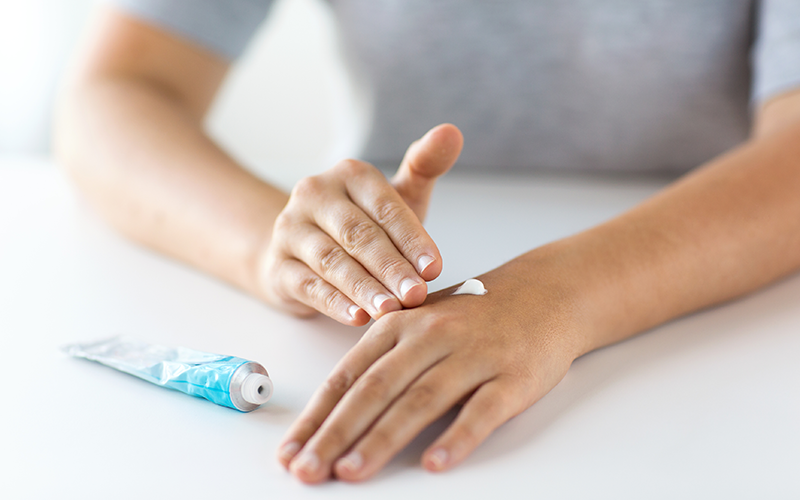When we talk about “drug claims” we are actually talking about the statements that tell the consumer that a product is intended to be used to diagnose, mitigate, treat, or prevent disease or to change the structure or function of the body. How does the Food and Drug Administration (FDA) determine the intended use of a product? Where do they look?
Recent Warning Letter
Sometimes examples are a good way to understand how laws and regulations are applied in reality. It helps to see examples where the FDA said, “There! That’s a statement that makes this product an unapproved new drug.” Those examples are contained within warning letters sent out by the FDA.
The FDA just published a warning letter that was sent in May to a company in Georgia. They make cosmetics and nutritional supplements containing silver.
Where did the FDA look?
What was particularly interesting about this warning letter was where the FDA looked for the statements to determine the intended use of the product (as a drug). In the past, I have seen the FDA cite product labels, website meta-tags, and sometimes testimonial pages.
This is the first time I have seen the FDA cite so many different places, including:
- Product NAME (“Hand Sanitizer” )
- Product labels
- General info from website
- Testimonials page of website (quoting customer testimonials)
- Research page of website (research information and studies)
- History page of website (uses across the globe)
- Usages page of website
- Promotional card
- Promotional brochure
What did they find?
The FDA found numerous examples of claims that made the products into unapproved new drugs. That is, the products were intended to be used to diagnose, mitigate, treat or prevent disease, or to change the structure or function of the body—and they weren’t approved for such uses.
Some of the claims they found made for the body care products included:
- Anti-bacterial and anti-microbial
- Sanitizes
- Product name “Hand Sanitizer”
- Natural Antiseptic
- Anti-cavity
- Anti-gingivitis
- Anti-plaque
- Reduces tartar buildup
- Soothes toothaches, irritated gums, inflammation
- Helps to reduce inflammation and minimize breakouts
- Beneficial for acne, cuts, burns & rashes
- Rebuild damaged tissue
- Stimulate production of stem cells
- Protects from bacteria and infection
- Used to aid wound healing
It’s pretty clear that these product are intended to do much more than cleanse or improve the appearance.
What Can You Learn?
There are several take-aways from reviewing this warning letter:
- Don’t say that your product can diagnose, mitigate, treat, or prevent disease, or change the structure or function of the body.
- Remember that the FDA looks at more than just the product label.
- Review the text all through your website to ensure you haven’t made any statements that cause your products to become unapproved new drugs.
- Monitor the testimonials you allow to be published.
- Don’t quote studies that state your product or ingredients have the ability to diagnose, mitigate, treat, or prevent disease, or to change the structure or function of the body.
Additional Note:
This warning letter covers both cosmetics and products intended to be ingested as nutritional supplements. Nutritional supplements are covered by different regulations than cosmetics. Some claims are allowed for nutritional supplements that are NOT allowed for cosmetics. This warning letter also cites the company for not following good manufacturing practices for their nutritional supplements, which are required in the regulations. If you read the actual warning letter, don’t get confused about what applies to cosmetics and what applies to nutritional supplements.

Shameless plug!
To really be able to create your own labels that comply with the regulations, get my book from Amazon and use it.
4th Edition – Released March 5, 2025!!!
Or order directly from me (and get a signed copy)!


Leave a Reply